Morning blooms
As I promised, to help balance out all of the "creepy" posts about insects and spiders I've been doing lately, here's a look at some of the late summer flowers that are in bloom in my garden. It's really important to make sure you have plants that make the end of summer and start of autumn interesting. Although it's great having flowers all over the place in May and June, it's also pretty easy as most plants seem to want to bloom then. It's a little trickier to ensure you're looking at blooms now (in early September), but it's really worth the effort.
It really just comes down to having some plants around that flower late. In the spring when you're shopping for plants (most people get the majority of their plants in the spring -- only those really addicted to gardening will visit the nurseries all season long, right?) these late bloomers are the really boring ones, as they don't have any blooms or even buds to entice you to buy. They're all foliage and promises.
This is Liatris aspera, or "rough blazing star". It's similar to the other Liatris or "gayfeather" species, but has a more open bloom, and the flowers emerge much later in the season. For example, the more commonly grown Liatris spicata blooms in late June or so.
Liatris aspera is supposed to form upright spikes of flowers 2-3' tall, but mine always makes longer spikes that flop over a bit and end up snaking their way around. That's why you're seeing rows of flowers here instead of columns of flowers.
The important thing is that you're seeing these flowers at all though, as it seems that the deer have decided to leave it alone after a tasting one morning a few months back.
This plant is just loved by the butterflies, but you won't see any in these photos because it's too early in the morning. It's a cool, damp morning, with dew on everything:
The butterflies, bees, and other cold-blooded critters won't come out until the sun warms things up.
Next up is the ratibida columnifera, which is still flowering. I love these flowers, as they go all summer long it seems.
Also called "long-headed coneflower", "prairie coneflower", or "Mexican hat", these can be all yellow, yellow with dark red, or mostly red. Mine came from seed collected from the yellow with red plants, and that's all I've seen. I'm not sure that I'd like the all yellow version.
The butterfly bushes are still going strong, thanks to some deadheading a few weeks back. It's important to remove the spent blooms or you'll get a lot of seed instead of more blooms.
One thing about these later butterfly bush flowers: they get smaller as the season goes on. The first blooms are the biggest, but there are fewer of them. Now there are many more, but they're half the size or less.
A few cleome are still going as well:
I think these are late developing plants. All of the early plants have kind of fizzled out (and dropped gazillions of seeds).
The garlic chives are flowering now, and the flowers are really attractive:
These will also produce hundreds of seeds per plant, and pretty much every one germinates from what I can tell.
The plumbago is in flower now too. These are nice blue flowers that some butterflies and bees like:
Blue flowers are kind of rare in the plant world. I wonder why that is?
Finally, a couple of photos of my "nearly wild" roses ("nearly wild" is the cultivar name), which are blooming like crazy again:
I snuck an insect shot in with that last one -- there's an assassin bug hiding in those rose petals. I've tried, but there's no way to separate the "creepy" (insects, spiders, and the rest) from the "beautiful" (flowers). They're always in balance in a healthy garden, so posts about both will be in balance in a healthy blog too.
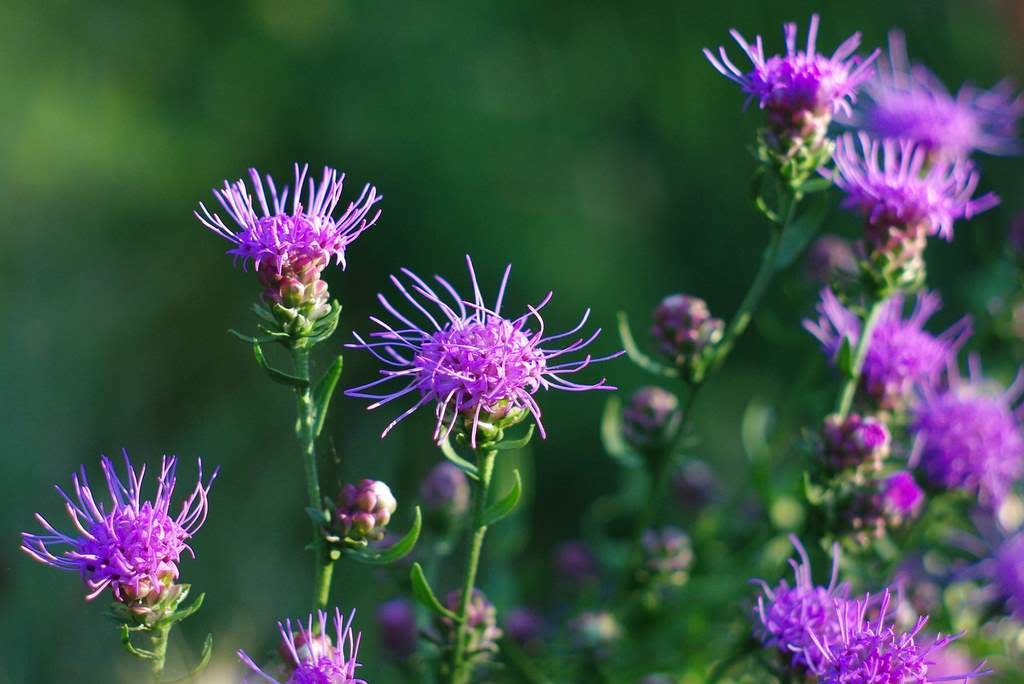



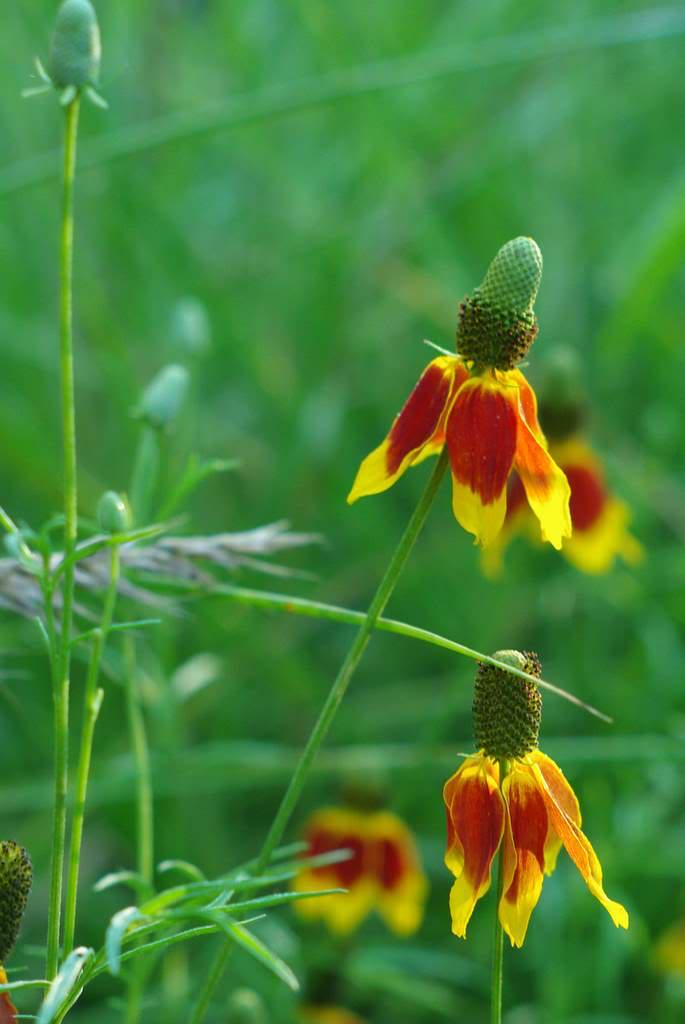
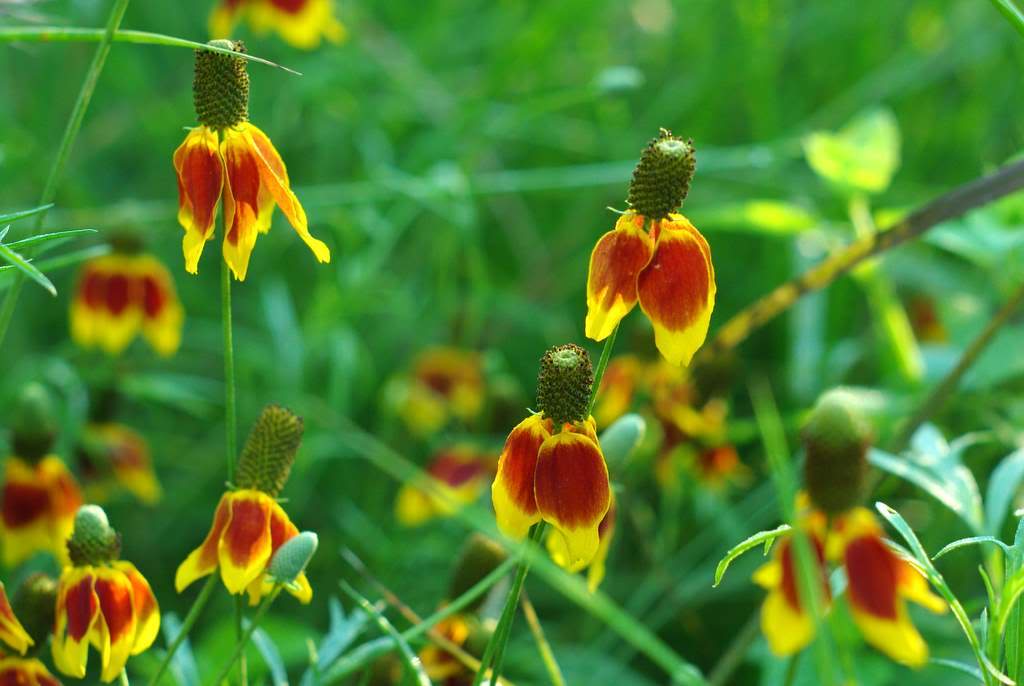
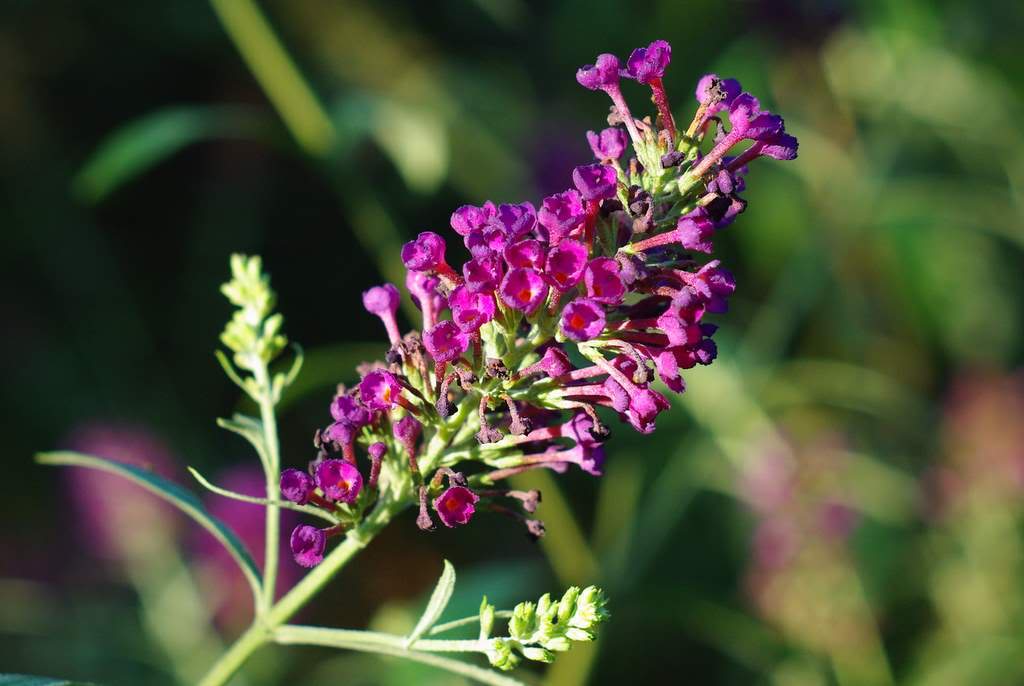


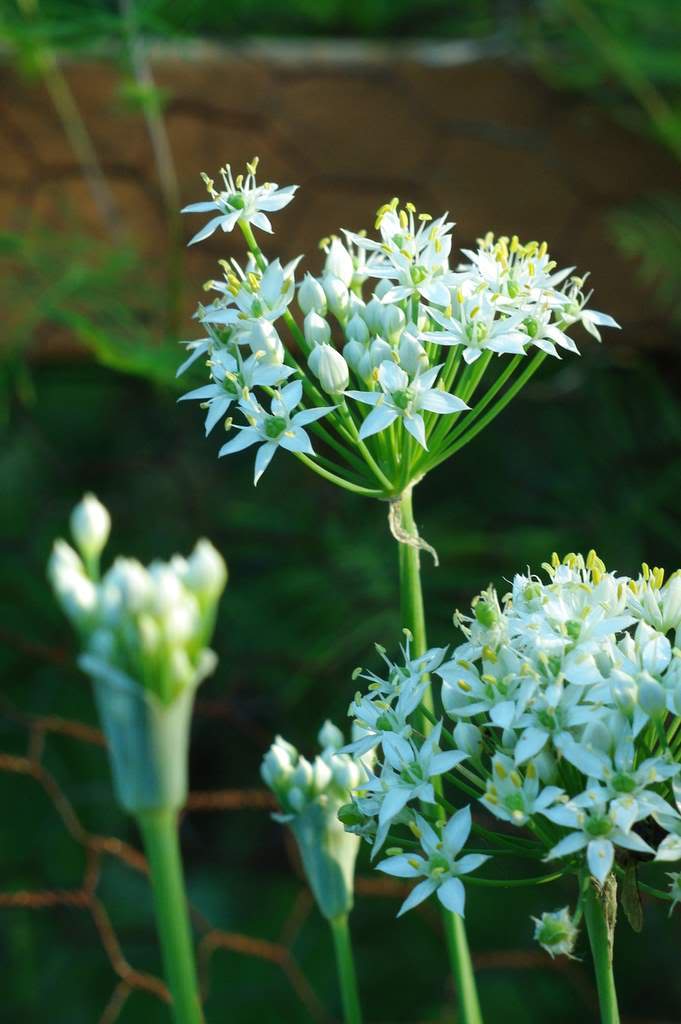
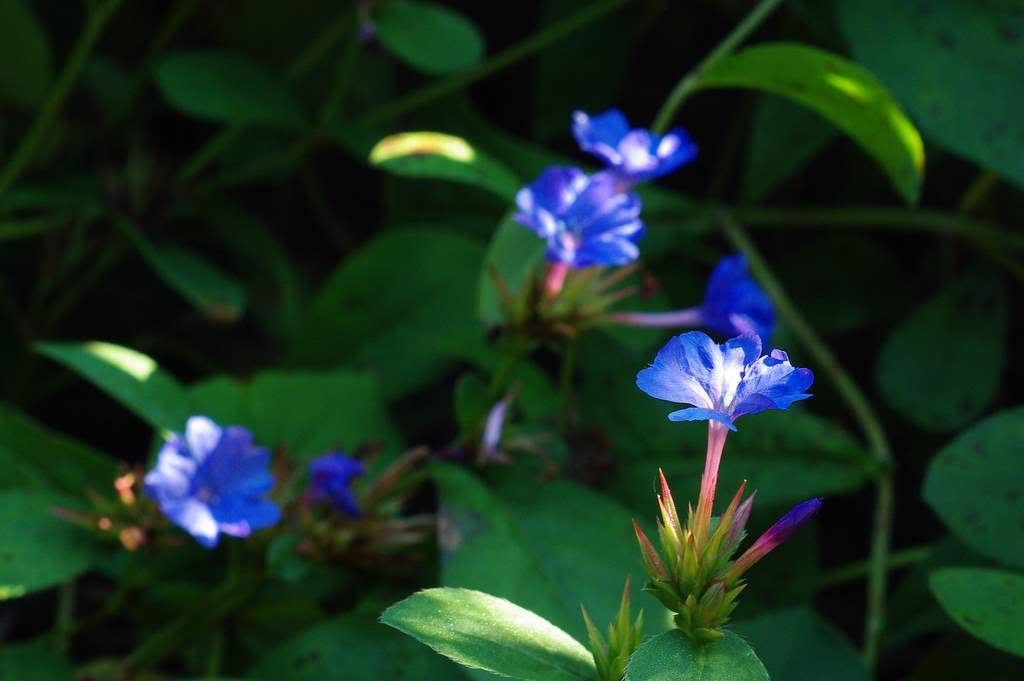
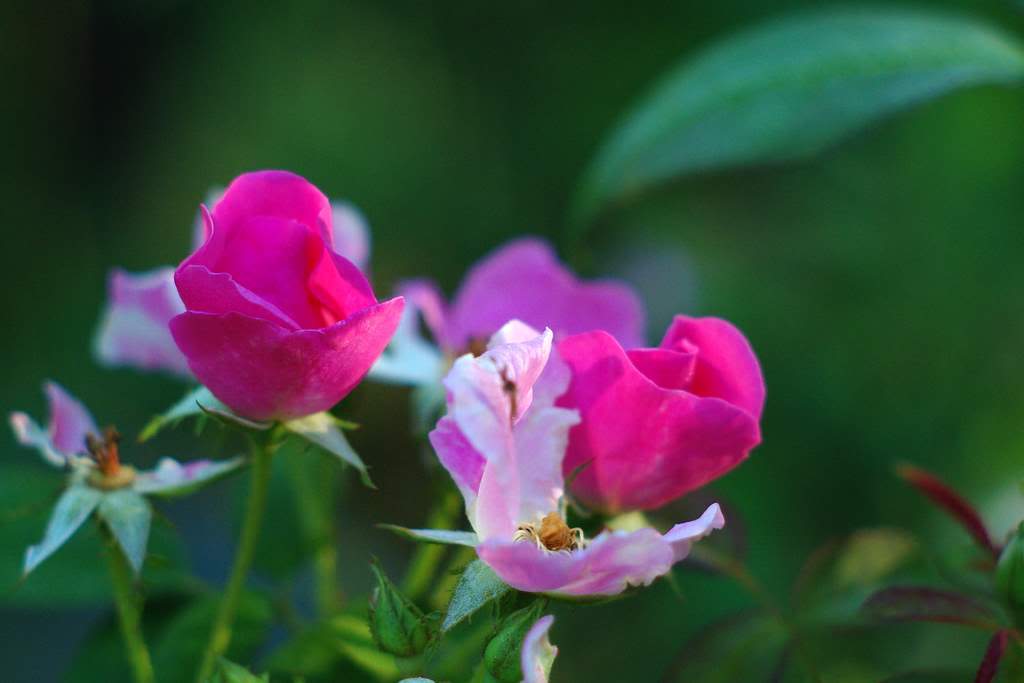





Have you noticed how the garlic chive flower always gets one floret that is taller than the others?